We may earn money or products from the companies mentioned in this post. This means if you click on the link and purchase the item, I will receive a small commission at no extra cost to you ... you're just helping re-supply our family's travel fund.

Travel is a beautiful act of translation, a chance to see our own habits reflected in a new cultural light. As Americans, we venture into the world with a unique brand of enthusiasm, friendliness, and a deep love of comfort. These are wonderful qualities, but they can also lead to some endearing and occasionally awkward moments when our norms bump up against the traditions of other places. Think of these as a gentle, good-humored guide to the travel habits that make us stand out.
1. The Quest for Ice

In the United States, a glass filled to the brim with ice is the standard for almost any cold beverage, a sign of refreshment. Abroad, however, many cultures serve drinks cool or at room temperature, and ice is used sparingly, if at all. Your polite request for “extra ice” in your water at a Roman trattoria or a Parisian café is a distinctly American tradition. It can sometimes be met with a look of genuine bewilderment, as if you have asked for a rare and precious commodity.
2. A Generous Tipping Culture

The American system of tipping 15 to 20 percent is deeply ingrained in our service culture, a learned and expected behavior. We often carry this habit with us across the globe, leaving generous tips in countries where a service charge is already included in the bill or where tipping is not customary at all. While the gesture is almost always appreciated, it can sometimes create a moment of confusion for a server in Tokyo or Stockholm who is not expecting the extra cash.
3. Talking to Strangers Like Old Friends

Americans are, by and large, a friendly and talkative bunch. We are comfortable striking up a casual, personal conversation with a shopkeeper, a waiter, or a stranger on the train. This open, gregarious nature can be a wonderful way to connect, but in more reserved cultures, it can be perceived as overly familiar or even intrusive. It is a beautiful expression of our social norms that does not always translate perfectly across cultural boundaries.
4. The Casual Dress Code

Our approach to fashion is often guided by a deep commitment to comfort and practicality, which means sneakers, shorts, and university sweatshirts are common travel attire. While this makes perfect sense for a long day of walking, it can stand out in cities where locals tend to dress up a bit more for their daily lives. Wearing athletic gear to a nice dinner in Europe or a historic temple in Asia is a classic American move that prioritizes personal comfort over local custom.
5. An Unshakable Belief in Free Refills
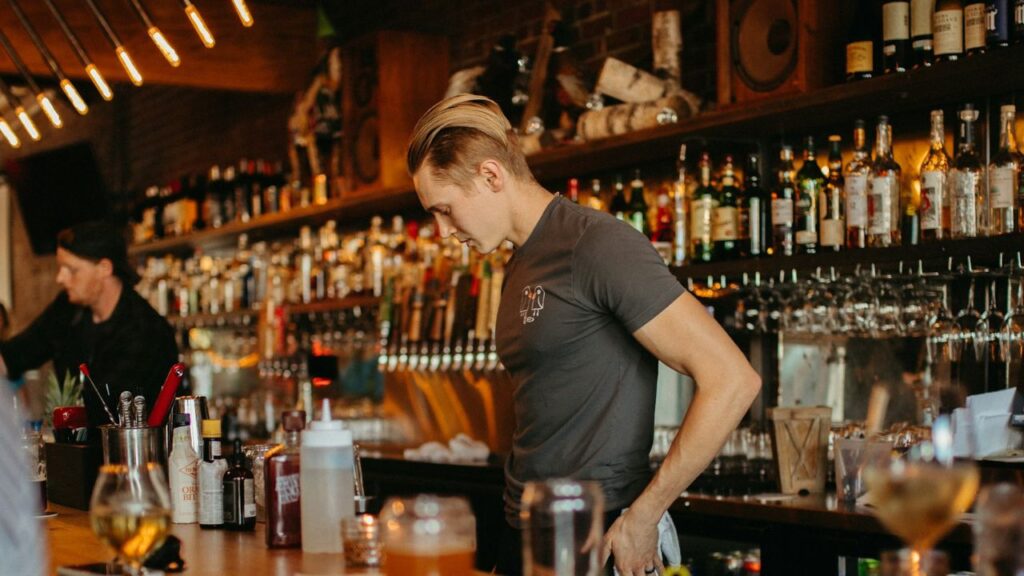
The concept of a free, bottomless soda is a cornerstone of the American casual dining experience. We often expect this same policy to apply everywhere, leading to a moment of genuine surprise when we are charged for a second glass of Coke in London or Madrid. This small cultural difference is one of the most common and relatable moments of adjustment for American travelers navigating global beverage economics for the first time.
6. A Loud and Enthusiastic Volume
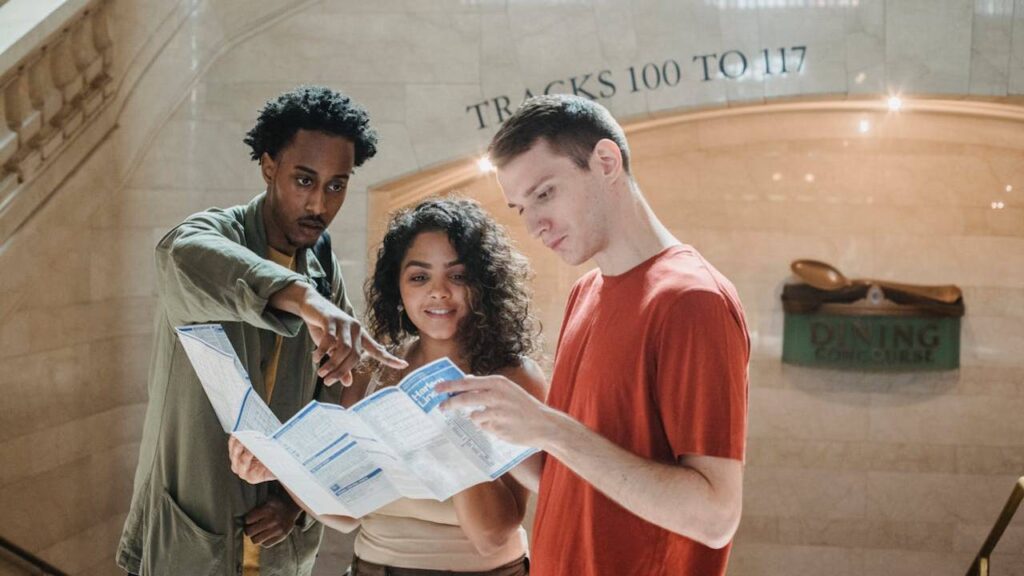
Whether we are sharing a funny story in a quiet museum or greeting a friend across a peaceful town square, our voices tend to carry. This is rarely born of rudeness, but rather a natural and often friendly expressiveness that is common in American social spaces. In many other cultures, a lower, more modulated volume is the norm for public life. Our enthusiastic speaking voices are one of the most immediate and recognizable sonic calling cards of the American traveler.
7. The Giant Reusable Water Bottle

Staying hydrated is important, and Americans have embraced the large, reusable water bottle as an essential daily accessory, a symbol of personal wellness. We carry this habit abroad, often lugging around massive 32-ounce or even 64-ounce bottles through historic city centers. This stands in stark contrast to the small bottles of sparkling water you might see on a local café table. It is a sign of our health-conscious culture that is unmistakably American.
8. A Year-Round Devotion to Shorts
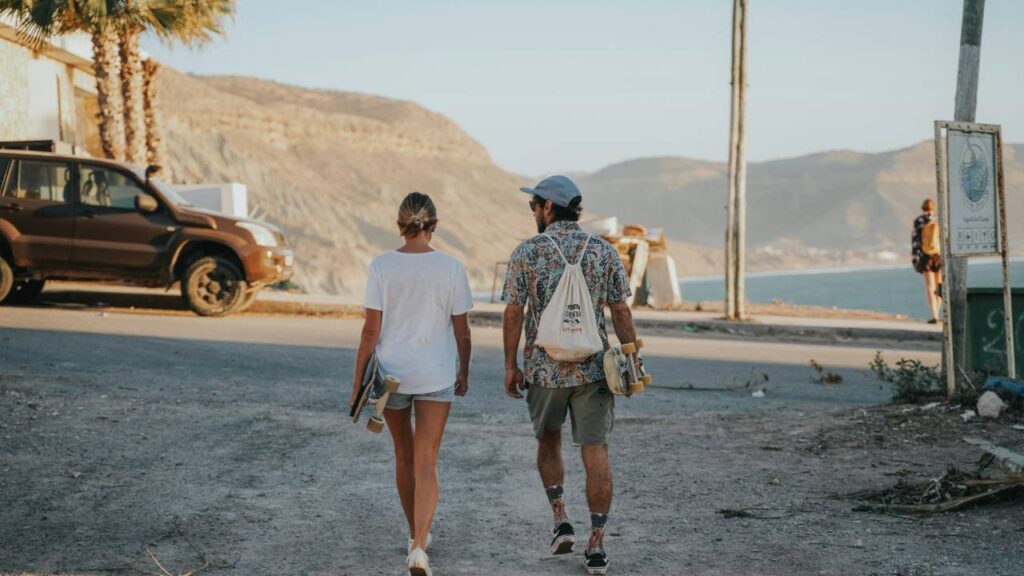
For many American travelers, shorts are a four-season garment. It is not uncommon to see us sporting shorts in the brisk 50-degree weather of a European spring, much to the quiet amusement of locals bundled in coats and scarves. This unwavering commitment to the comfort and freedom of shorts, regardless of the thermometer reading or the formality of the setting, is a sartorial habit that often raises a few eyebrows and clearly marks us as visitors.
9. An English-First Approach
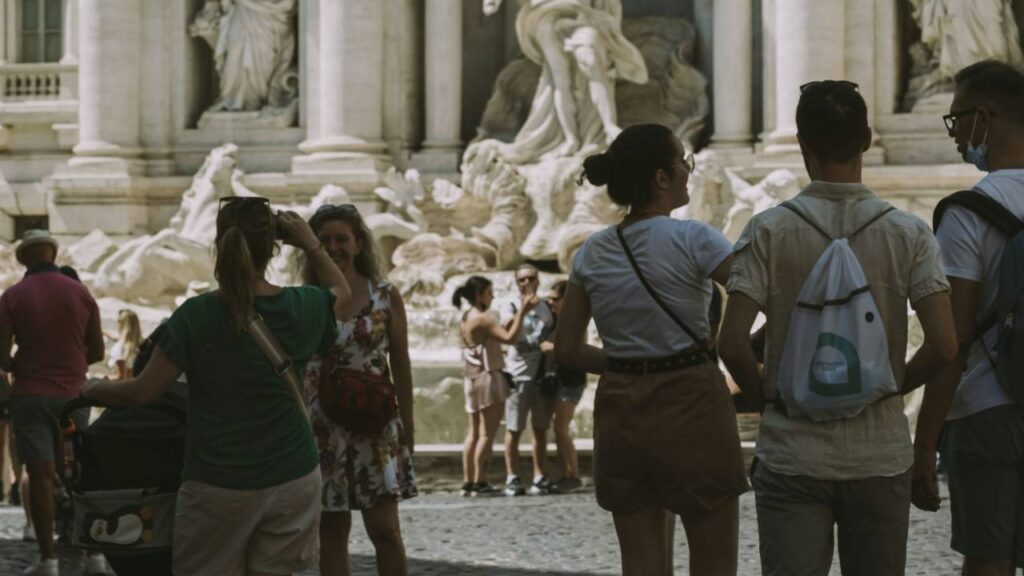
The global prevalence of English is a great privilege for American travelers, but we sometimes rely on it a bit too heavily. Approaching a shopkeeper or a ticket agent and immediately launching into a question in English, without first offering a simple “hello” or “excuse me” in the local language, is a common misstep. A small effort to learn a few basic greetings is always a gesture of respect that is deeply appreciated and can change the entire tone of an interaction.
10. The Insistence on Personal Space
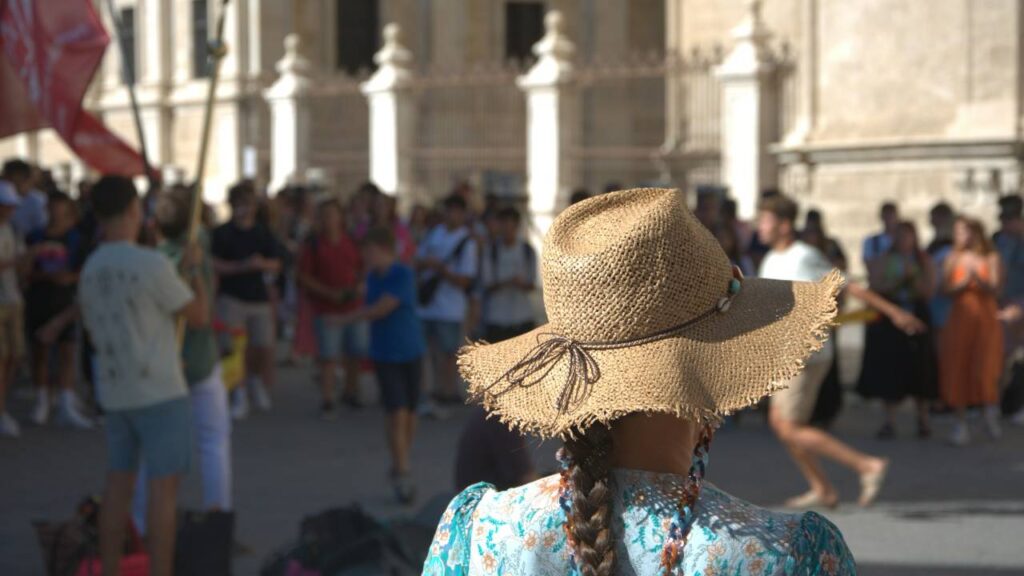
Americans tend to have a larger “personal bubble” than people in many other cultures. We can feel uncomfortable and antsy in crowded markets or on packed subways where close physical contact is the accepted norm. What feels to us like an invasion of personal space is simply a different cultural understanding of proximity and public life. This can lead to some awkward shuffling and a constant, subconscious desire to find a bit more room to breathe.
11. Over-Photographing Everything
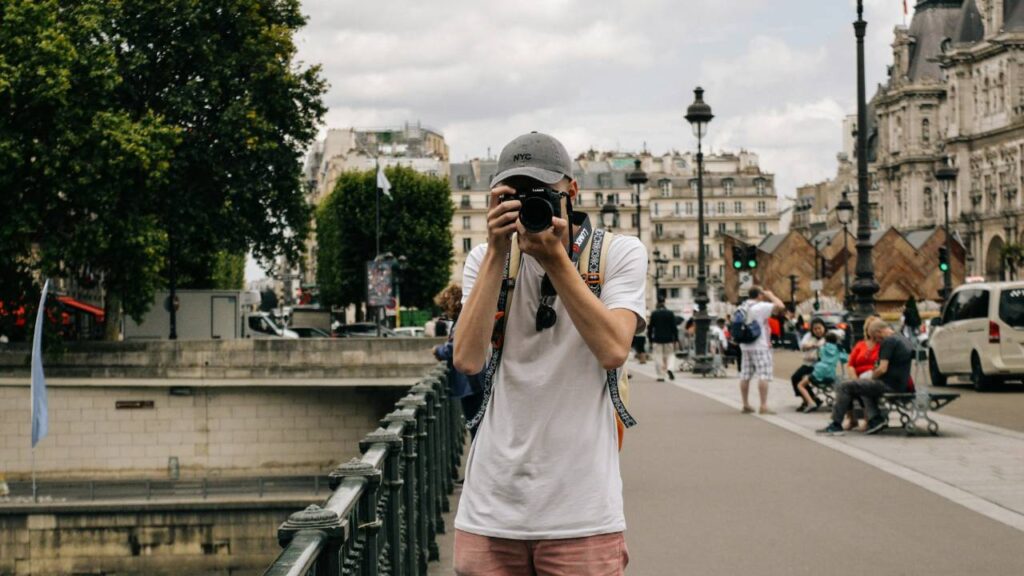
While everyone takes vacation photos, Americans have a reputation for turning a landmark visit into a full-scale photo shoot. We are dedicated to getting the perfect shot: the jump in front of the monument, the carefully posed group photo, and the panoramic selfie that captures the entire scene. This dedication to documenting our experience is a sign of our enthusiasm, but it can sometimes feel a bit performative to onlookers from other cultures who prefer to just be in the moment.